Magic Sand
How can something submerged in water stay dry? When ordinary sand gets wet, the result is a clumpy mess. However, “Magic Sand” begins as normal […]
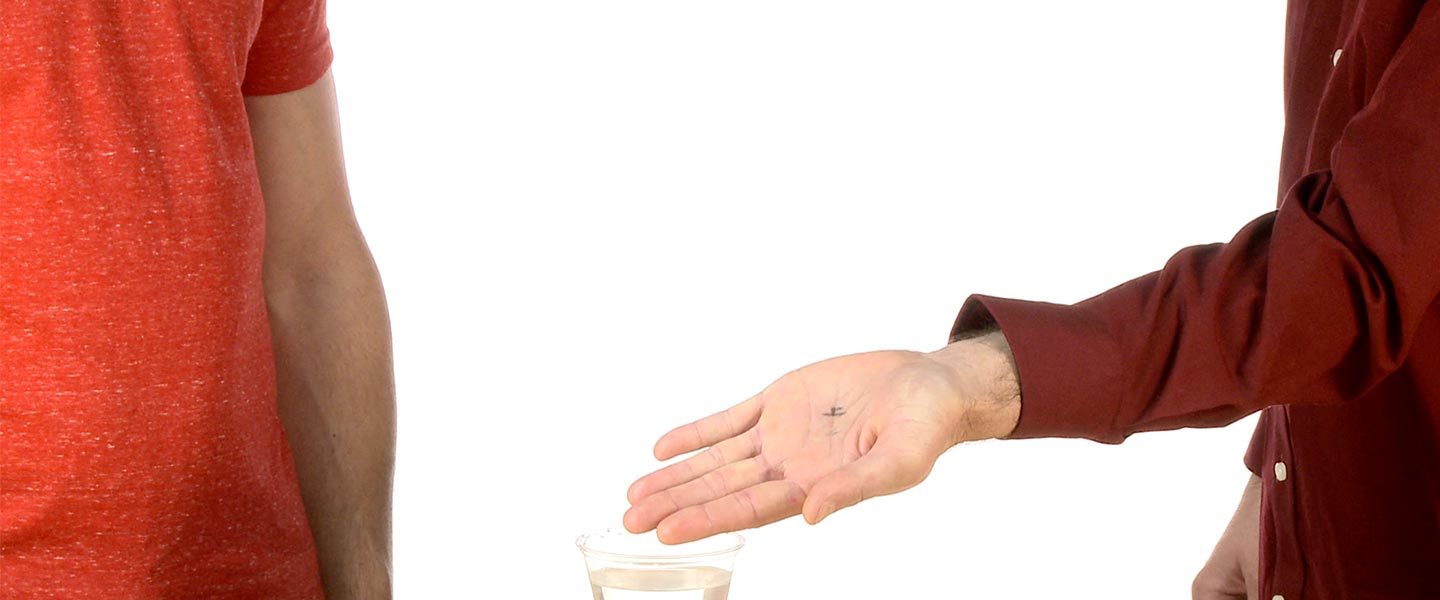
You tease a friend with a secret: you have some Imperial Sugar cubes or Dixie Crystals sugar cubes, you think they’re magical, and you need your friend’s help to find out. Your friend picks a number between 1 and 10 and you write it on a sugar cube. You use a little misdirection and “magical” moves as the sugar cube dissolves in water but the number mysteriously appears on your friend’s palm!
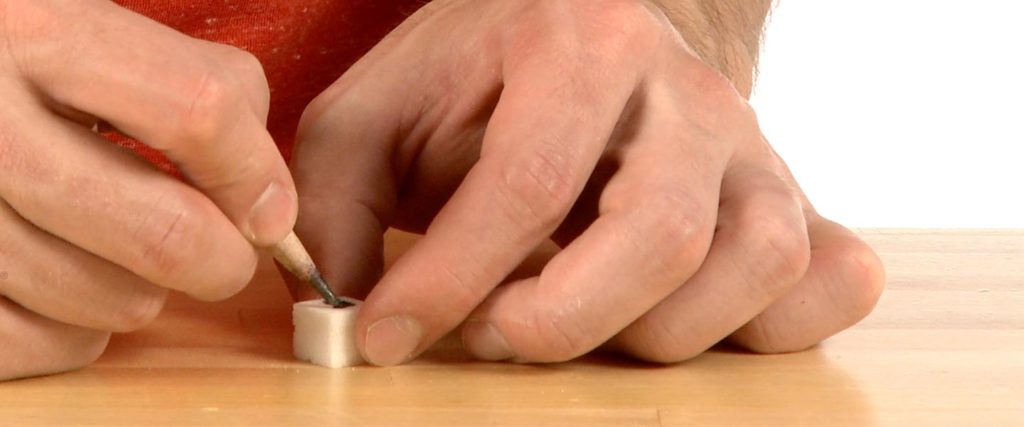
Note on Performance: Watch the video to see how the performance piece of this activity should be handled with a friend. Then, follow the instructions to recreate the experience.
Have your friend give you a number between 1 and 10 and then write the number on one side of a sugar cube.
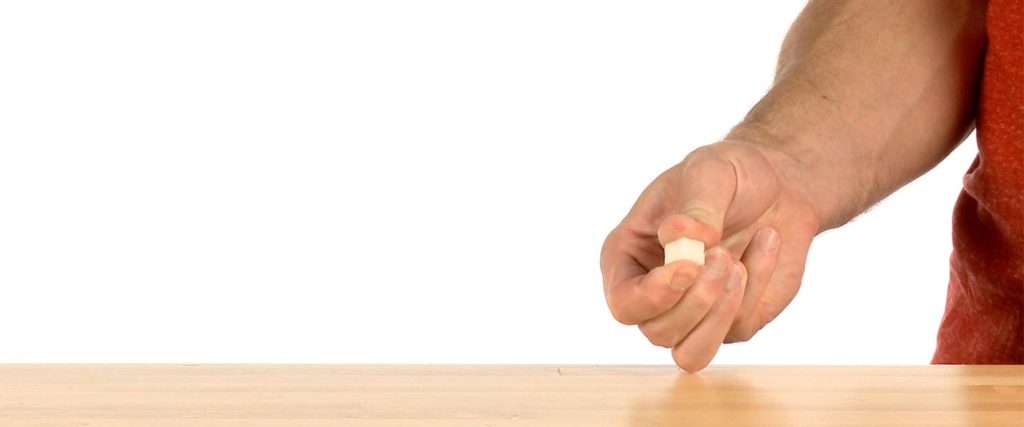
Pick up the cube but grab it so you can firmly (but secretly) press the pad of a thumb against the number you wrote. Squeeze the cube to mark your thumb with the reverse of the number.
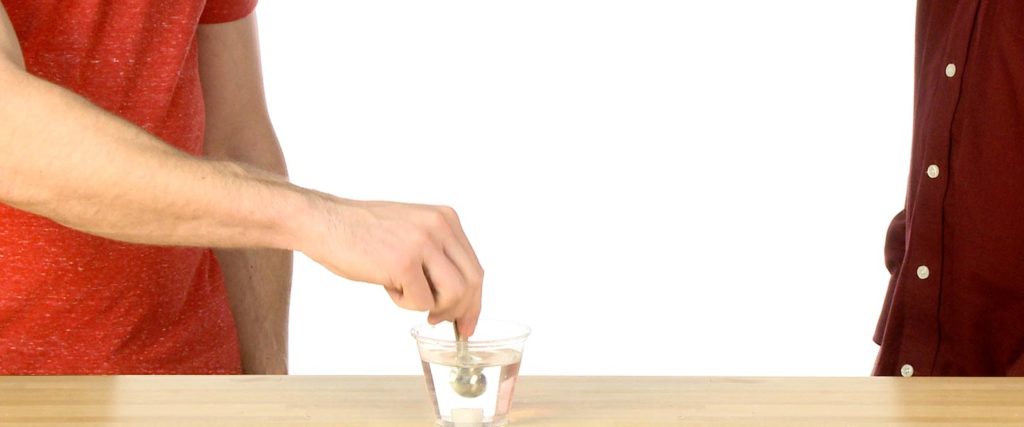
Drop the sugar cube into the cup of warm water. Talk about why you think the cubes are magical, what someone told you about them, or the strange person who gave them to you. It’s called “patter” and magicians use it to distract volunteers.
As you talk, stir the water until the sugar dissolves. Be sure to secretly protect the marked thumb so the number you pressed on it doesn’t get smudged.
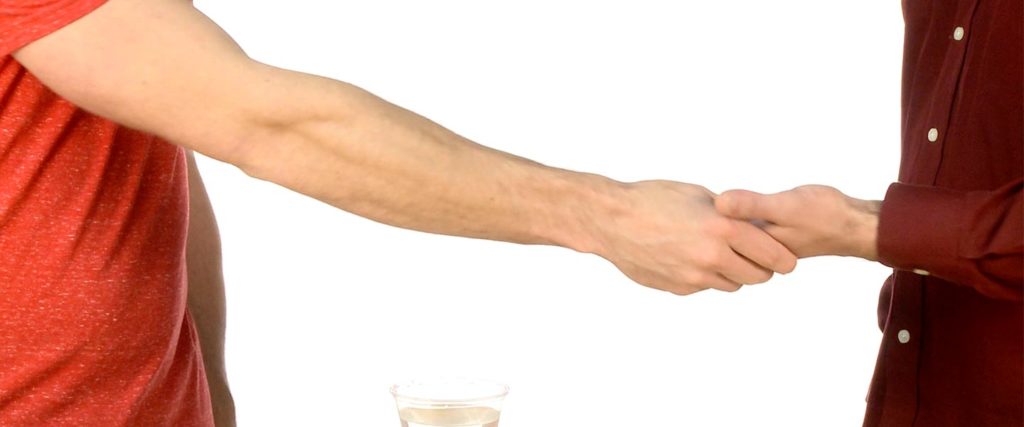
Invite your friend to get involved by taking a hand in such a way that you can firmly press the pad of your thumb against the palm of your friend’s hand.
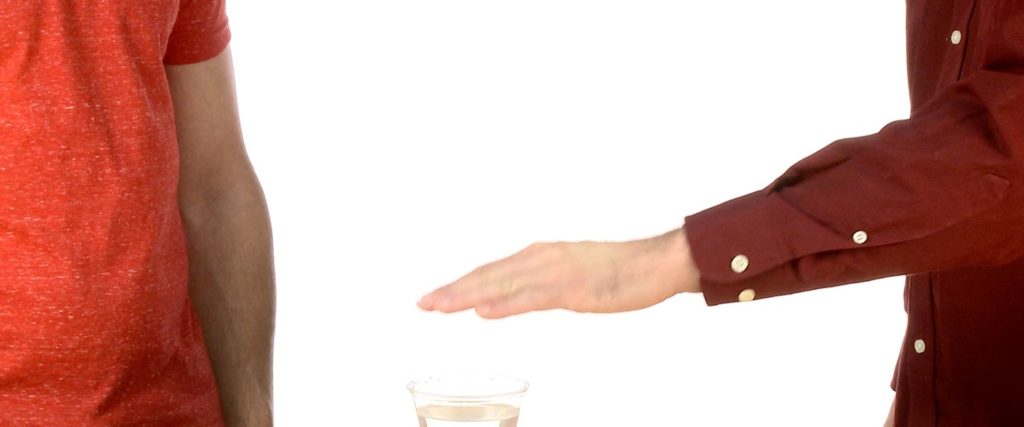
While holding your friend’s hand, move the hand, palm down, over the water. Tell your friend to wave it slowly over the cup. You could encourage your friend to add some magical words about now, too.
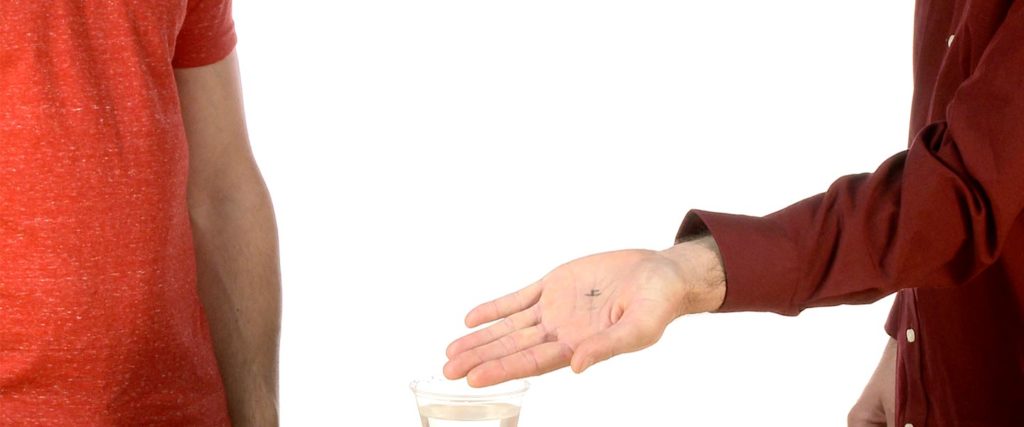
Ask your friend to turn over the hand to reveal the number magically appearing on the palm. You could let your friend wonder or you could explain the science behind the magic.
This simple activity tests your scientific “magic skills.” When performing Sugar Cube Magic, the key is to make your performance look natural. Misdirection is used by all magicians and the intent is to have the audience looking at or thinking about anything except what the magician happens to be doing.
An important “secret” movement that needs misdirection is placing your thumb in the palm of your friend’s hand. Try to press your thumb to the palm AS you guide the hand back over the glass. This gives you an opportunity to firmly press your thumb while hiding the reveal of the hidden number that comes later.
While doing magic tricks with your friends is fun, there is some serious science in the Sugar Cube Magic activity. The graphite in pencils is essentially carbon atoms in their simplest state. Some of the graphite you wrote onto the sugar cube transfers from the cube to your thumb. This is due to a lack of cohesion between the carbon atoms in graphite and their adhesion to your skin. The same transfer happens again when you press the graphite into the palm of your friend from your thumb.
You use a pencil to make marks on paper (or on sugar cubes). The softer the “lead” (it’s really graphite), the darker the marks it will make. Artists use different graphite hardnesses for drawings. They switch to a harder lead when they want light colors and a softer lead for darker colors.
Pencil lead is made of a mixture of graphite and clay. Graphite makes the mark on the surface and the clay holds the graphite together. The hardness of lead comes from the amounts of graphite and clay used to make it. More graphite and less clay makes a softer lead while more clay and less graphite makes a harder lead. By itself, graphite is way too soft to use for writing or drawing. Leads for mechanical pencils are similar but they use a type of glue instead of clay. Some pencil leads have a little wax or grease added for smoothness. Smoothness comes from oil in mechanical pencil leads.
A #2 pencil is about an average hardness and blackness. Pencils are graded on a scale where “H” stands for hardness and “B” stands for blackness. A number tells you how hard or how black a pencil is. The more H’s you have (3H, 4H, etc.), the harder the lead and the lighter the lines. For 2B, 3B and 4B pencils, the leads are softer and the lines are darker. Anything over 4B pencil is probably too soft for most daily use.